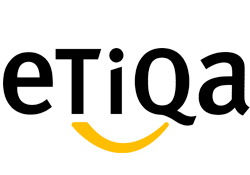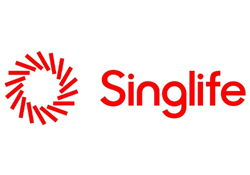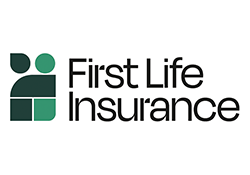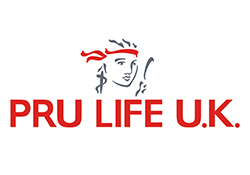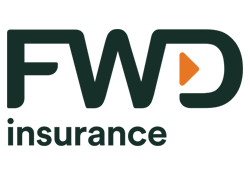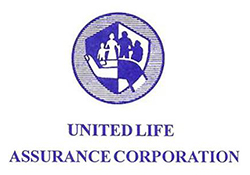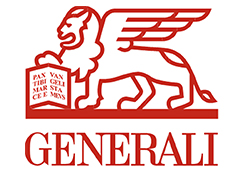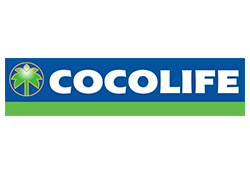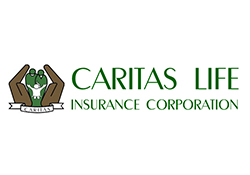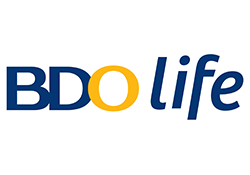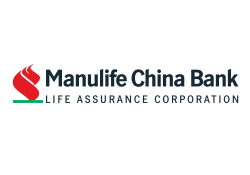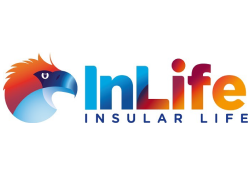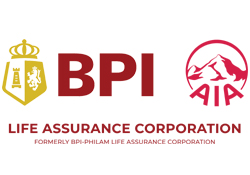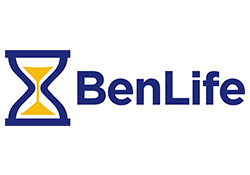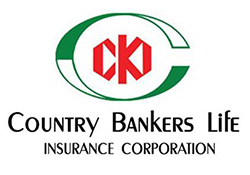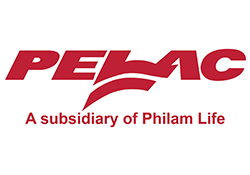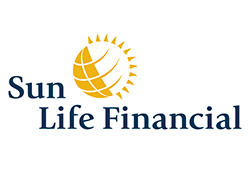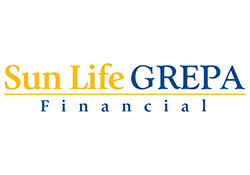As we grow older and start to work, we become aware of the importance of income. We know that most men work because they have to earn an income for their families. Money is an essential element in satisfying our basic needs such as food, shelter, clothing, education, and medical care.
Clearly, the life of a man has an economic value, to his family and dependents, which is represented by the support he gives them. While a man is strong and healthy, while he is working and earning an income, he and his family continue to enjoy the necessities and comforts of life. As long as this man can keep working and has this earning power and income, his family’s daily needs are provided for.
- Hazards of Life: Threats to the continuity of income
- Premature Death
A death is considered premature when a person dies before he can fully actualize his earning power. For example, if a husband who expects to work until age 65 dies at age of 32, the income he would have earned for 33 years would be denied of his family. The effect of death to one’s family is a total and complete loss of his income. - Disability
When a person becomes totally disabled, he cannot engage in the material or substantial duties of his or her occupation or profession. He can also be partially disabled when, by reason of sickness or accident, he cannot perform one or more of the important daily duties of his or her occupation. In either instance, a person loses his efficiency to fully carry out his duties. This subsequently affects one’s flow of income by diminishing or stopping it entirely. - Old age
This is the time when an individual ceases to be economically productive due to a decline or loss of mental and bodily vigor.These three threats to the continuity of income can prevent the family from enjoying the basic necessities of life. An alternate source of income must be ready to replace income lost due to premature death, disability, or old age.
- Premature Death
- The common solutions to provide a future source of incomeThe method of saving and investment to provide a future source of income is the program entered into by the more enterprising among us. Roughly, this is done by regularly setting aside some amount from one’s salary or income and investing it in a savings account or a small business, or in stocks or money lending ventures. The person who succeeds in these ventures can, after a considerable time, accumulate funds as a replacement for his current source of income whatever happens in the future.There is no guarantee that an individual will live long enough to have that adequate time to accumulate the amount desired. A person may adhere to his savings plan diligently, he can turn out very skillful as an investor, yet when death suddenly claims him, his dependents will immediately be deprived of the future savings he has envisioned for them.
- Life Insurance : The Guaranteed SolutionLife insurance offers people the most efficient and economical method of achieving financial security. Except in life insurance, all other savings and investment plans require time for completion.Life insurance or life assurance is a contract between a policy owner and an insurer, where the insurer agrees to pay an insured’s designated beneficiary a benefit upon the occurrence of the insured individual’s death or other event, covered by the policy such as terminal or critical illness occurs. In return, the policy owner agrees to pay a stipulated amount called premium, at regular intervals or in lump sums.







